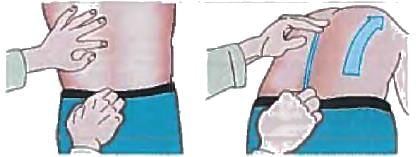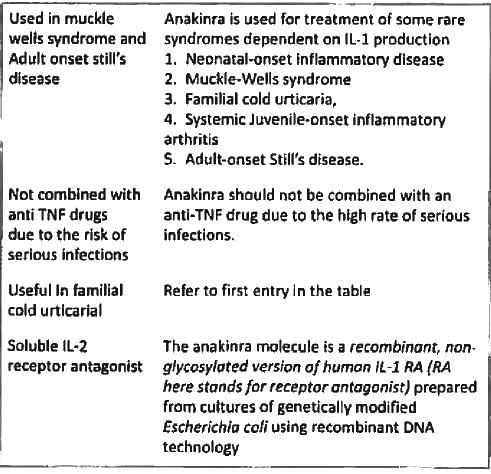NEET PG Exam > NEET PG Tests > Test: Ankylosing Spondylitis - NEET PG MCQ
Test: Ankylosing Spondylitis - NEET PG MCQ
Test Description
10 Questions MCQ Test - Test: Ankylosing Spondylitis
Test: Ankylosing Spondylitis for NEET PG 2025 is part of NEET PG preparation. The Test: Ankylosing Spondylitis questions and answers have been prepared
according to the NEET PG exam syllabus.The Test: Ankylosing Spondylitis MCQs are made for NEET PG 2025 Exam.
Find important definitions, questions, notes, meanings, examples, exercises, MCQs and online tests for Test: Ankylosing Spondylitis below.
Solutions of Test: Ankylosing Spondylitis questions in English are available as part of our course for NEET PG & Test: Ankylosing Spondylitis solutions in
Hindi for NEET PG course.
Download more important topics, notes, lectures and mock test series for NEET PG Exam by signing up for free. Attempt Test: Ankylosing Spondylitis | 10 questions in 10 minutes | Mock test for NEET PG preparation | Free important questions MCQ to study for NEET PG Exam | Download free PDF with solutions
Test: Ankylosing Spondylitis - Question 1
A 27-year-old male presents with back pain which is more in the morning and decreases in the evening. It is also relieved by bathing in warm water. What is the additional finding? (AIIMS Nov 2015)
Detailed Solution for Test: Ankylosing Spondylitis - Question 1
Test: Ankylosing Spondylitis - Question 2
Which of the following is NOT true regarding anakinra? (APPG 2015 Medicine)
Detailed Solution for Test: Ankylosing Spondylitis - Question 2
Detailed Solution for Test: Ankylosing Spondylitis - Question 3
Test: Ankylosing Spondylitis - Question 4
The following test is performed on the patient with low backache. All are true about the condition except?

Detailed Solution for Test: Ankylosing Spondylitis - Question 4
Test: Ankylosing Spondylitis - Question 5
HLA B27 has the maximum association with?(AIIMSNov 14)
Detailed Solution for Test: Ankylosing Spondylitis - Question 5
Test: Ankylosing Spondylitis - Question 6
The poly-arthritic condition that is NOT common in males: (Recent Pattern 2014-15)
Detailed Solution for Test: Ankylosing Spondylitis - Question 6
Test: Ankylosing Spondylitis - Question 7
In anklyosing spondylitis joint involvement is least in? (Recent Pattern 2014-15)
Detailed Solution for Test: Ankylosing Spondylitis - Question 7
Test: Ankylosing Spondylitis - Question 8
Schober's sign is used to evaluate: (Recent Pattern 2014-15)
Detailed Solution for Test: Ankylosing Spondylitis - Question 8
Test: Ankylosing Spondylitis - Question 9
In Seronegative spondyloarthritis, what will cause maximum reduction in pain and morning stiffness? (Recent Pattern 2014-15)
Detailed Solution for Test: Ankylosing Spondylitis - Question 9
Test: Ankylosing Spondylitis - Question 10
A young male presents with joint pains and backache with relief of symptoms on movement/exercise. The most likely diagnosis is? (Recent Pattern 2014-15)
Detailed Solution for Test: Ankylosing Spondylitis - Question 10
Information about Test: Ankylosing Spondylitis Page
In this test you can find the Exam questions for Test: Ankylosing Spondylitis solved & explained in the simplest way possible.
Besides giving Questions and answers for Test: Ankylosing Spondylitis, EduRev gives you an ample number of Online tests for practice
Download as PDF




















